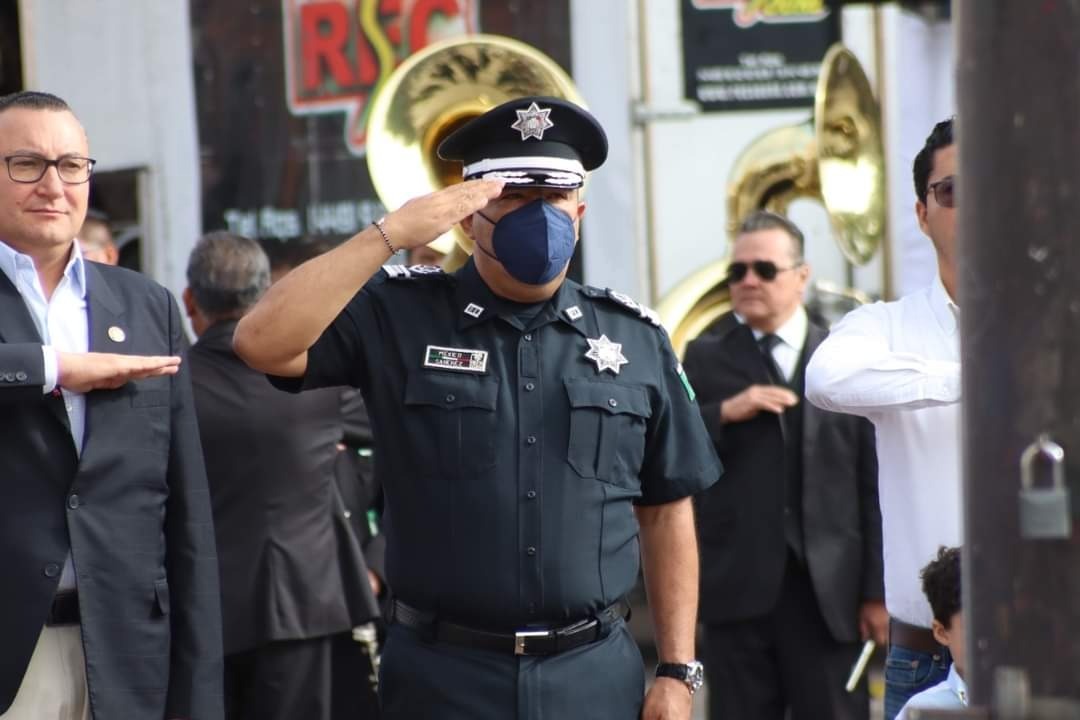Apaches: Alive and well in 21st Century Mexico
17 febrero, 2021
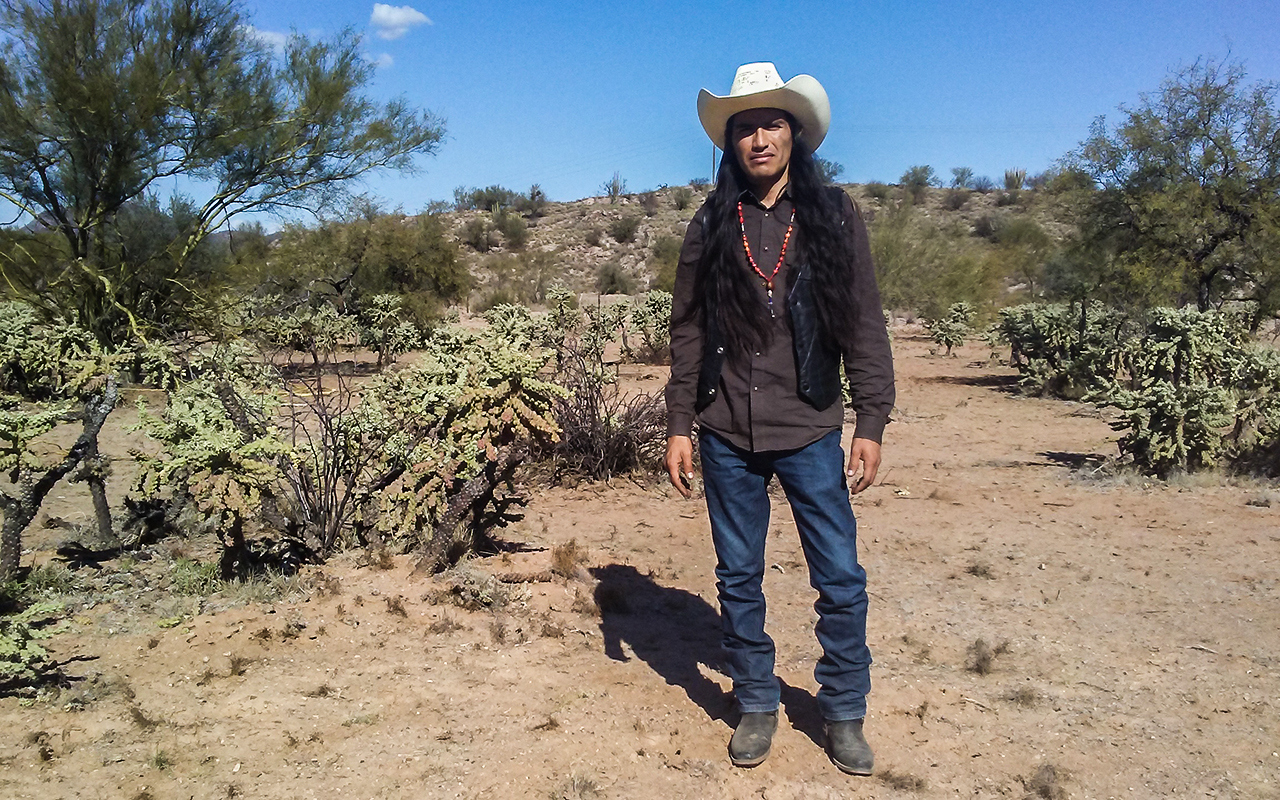
They’re known as Apaches, and they don’t just live in the United States. They have homes and communities in the Mexican states of Chihuahua, Sonora, northern Durango, Nuevo León and Tamaulipas. They’re alive, here and now, in the 21st Century, but officially they do not exist in Mexico. Since 2017, their people have been fighting for recognition from the Mexican state.
Text: Lydiette Carrión, originally published January 9, 2021.
Photos: Courtesy of Juan Luis Longoria
Translation: Dawn Marie Paley.
The word apache means enemy. As in the case of many other ethnic groups in what today is known as Mexico, the Spanish showed a preference for giving insulting names to those who resisted.
In reality this people, this nation, has another name, or rather three, one each for each of their three dialects: N’dee, N’nee, and Ndé. That’s according to Juan Luis Longoria, a young N’dee/N’nee/Ndé man who was born and raised in Ciudad Juarez. That, although in Mexico, Apaches do not officially exist.
Longoria, who is also a historian and academic, has been one of the main drivers for the recognition of his people in Mexican territory.
A History of Extermination
Imagine being alive at the end of the 17th Century as a member of what the Spanish and the criollos (Europeans descendents born on the American continent) called Apaches. Mexico doesn’t exist yet, it’s still called New Spain. The men searching for gold are pushing further and further north, to the vast lands that today are part of New Mexico, Arizona, Coahuila, Chihuahua, and Sonora. Here, there are people, many people, who form a plural nation. Culturally agile and semi-nomadic, they live in the northern lands in the summer, and in the south in the winter. Every family or gondá has a territory that ties it to the earth like an umbilical cord. Their sacred mountain, their ancestral plateau. Their home spreads over thousands of kilometers. Summer in the mountains of what we now know of as New Mexico. Winter in the blue mountains of what we today call Sonora.
Imagine that you’re one of those women and men and children who live from hunting and gathering, and a relatively small amount of carefully planned agriculture, as they believe overall in not impacting the rhythms of the earth. On this land, coming and going: picking fruit, hunting deer, and leaving the earth to flower again.
But imagine that this way of life isn’t compatible with large human settlements, with the cattle that devour hectares of pastures, or with the search for gold, which is metal that belongs only to Ussen, giver of life. It isn’t compatible. The survival of the tribe depends on balance: that the deer do not disappear, that the trees flower next year. And the equilibrium has been broken.
Imagine then that the frictions between groups and ethnicities have been encouraged and become more intense. Suddenly, you’re not welcome in the lands which you used to live and travel. Now, you’re called a barbarian, a criminal. Just to survive, you must become one: stealing a cow, a horse, defending your hills.
Imagine the hatred is such that in 1835 the new state, the Mexican Republic, detests you. The sovereign state of Sonora goes so far as to offer cash rewards in return for your life: 100 Mexican pesos for each Apache warrior scalp. Two years later, Chihuahua begins to offer 100 pesos for male warriors, 50 for women, and 25 for each child. Children, women and men, killed and beheaded.
Imagine that the first people from the United States who begin to settle the land learn of the rewards and join the hunt. But they are defter, more cunning: they notice the hatred between Mexicans and Apaches. And they exploit it.
Then comes the war for territory between the US and Mexico. Among the agreements that are finally signed is one in which the US promises to never allow that you, Apache, ever again “head down” to Mexican territory. But wait, Mexico lost its land? When was it ever Mexico’s to begin with? Wasn’t this the blue mountain with the colorful hills? Wasn’t this the sacred land of the Mescaleros?
Why is there a border that cuts the mobile homelands of the N’dee/N’nee/Ndé homelands in half?
Imagine that amidst all of this, Chihuahua never takes the law offering rewards for heads and scalps off the books? A law against the Apaches, but then in legends, it’s the Apaches who cut scalps?
Even today, it’s not clear that this law, because it did eventually become law, has been repealed.
“Why so much hatred?”
“They couldn’t deal with us.”After the US extermination, the rebellion of Naná, of nanche (a small, pitted fruit), the legendary Gerónimo, Victorio, Lozen, the woman medicine warrior. The neverending surrender in 1886, which took place in Sonora, in fact, not Arizona. Because the Apaches never stopped “heading down.” Then came dispossession, jail in Florida. And a lot of death.
No queremos desaparecer
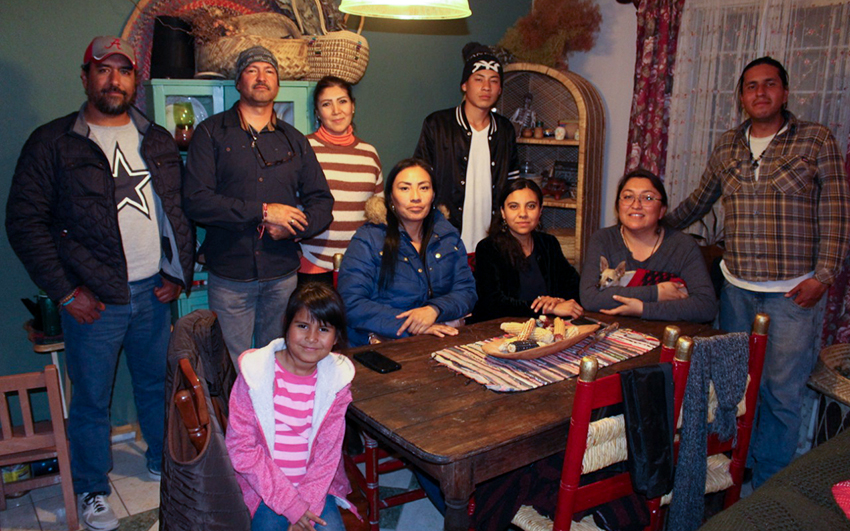
In the course of reporting this story, I sent a text message to a public official in the communications office at the National Institute for Indigenous Peoples (INPI): “I’m looking for information about the Apaches.”
“They live in the United States,” she responded.
“I understand that there’s a group here. They could be listed as Chiricahuas, as N’dee, N’nee, or Ndé…”
Three days later, there’s still no response.
Throughout the 20th Century, “of course our people were in Sonora, Chihuahua, Durango, even in the north of Zacatecas. But they became Mexicanized,” Longoria explains. The last fluent speaker of their language in Mexico died last year in Coahuila state. Longoria has had to learn the language himself in study with his brothers in Arizona and New Mexico. But more youth are learning the language, seeking links with their peers in the US. And that’s how they are reconstructing the history that was erased after Gerónimo.
Camouflaged
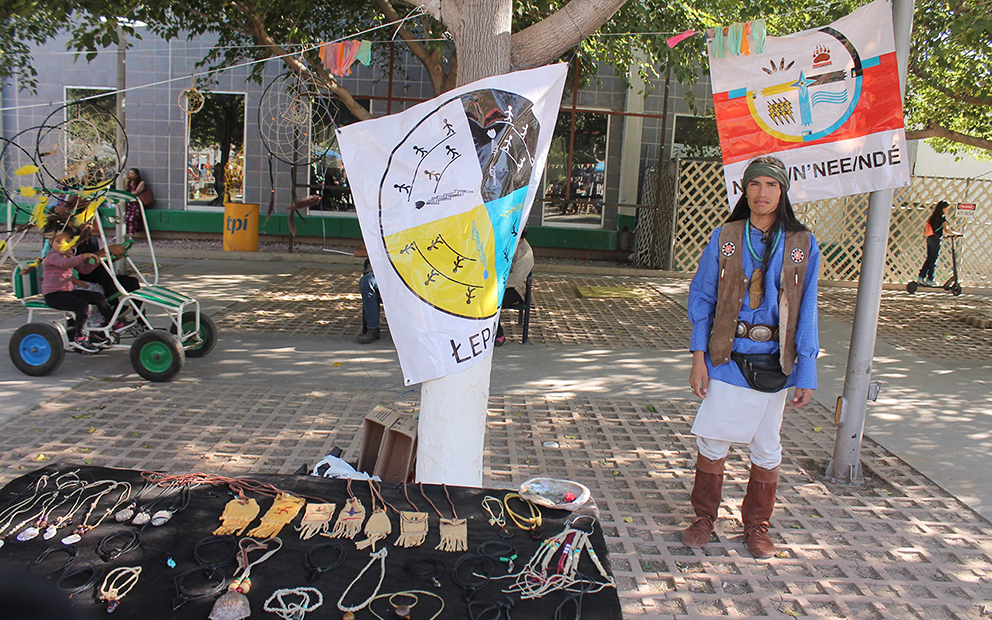
Mexican anthropologists have published little on the groups known as Apaches. In 2016, anthropologist José Medina González Dávila published What did it mean to be an Apache in the 19th Century? Continuity and change among the Lipanes in Texas. Gónzales Dávila narrates how the Lipan Apaches (originally based in Texas, New Mexico and the north of Mexico) had to camouflage themselves to survive.
In an email conversation on another topic (the Mexican Grey Wolf) in June of 2019, Medina Gónzalez wrote:
“The processes of extermination began with discrimination (separation), then came negative ideas, with tendentious arguments, and finally, the characteristic depictions. The Apaches, along with the wolves, were considered ‘predators,’ without understanding that they had a role and an intrinsic function in the environment. Both belonged to this Mexican land, but instead of understanding and protecting them, they were exterminated. It is always easier to kill and annihilate than to understand and respect, as tragic and absurd as that sounds.”
Longoria describes something similar, but from Ndé language, from the self, from within. Not from outside. “Who was going to promote speaking Ndé if there was a reward for every dead Apache?” he asked. In large part, that’s how their language was lost. But not their identity.
For example, in 1936 Indian Reservations were converted into “nations” by law. This wasn’t exactly a recognition of the rights of Indigenous peoples, rather it came after the Great Depression and converting reservations to nations was cheaper for the US government, according to Longoria.
So, some years later, members of the Mescalero nation in the US traveled to Ciudad Juarez to search for Ndé on this side. “Why? Because they knew there were more Ndé. They found some, who didn’t want to go over there because back then life was worse on the reservations than it was here.”
Time passed. In the 1990s, those living in the US again reached out to their relatives in Mexico. Longoria laughs: by then, because of casinos, the people on reservation were living better than the Ndé in Mexico. But here there were grandkids and great grandkids and roots. Again, nobody wanted to go north. Regardless, the seed of identity remained.
A meeting that erased borders
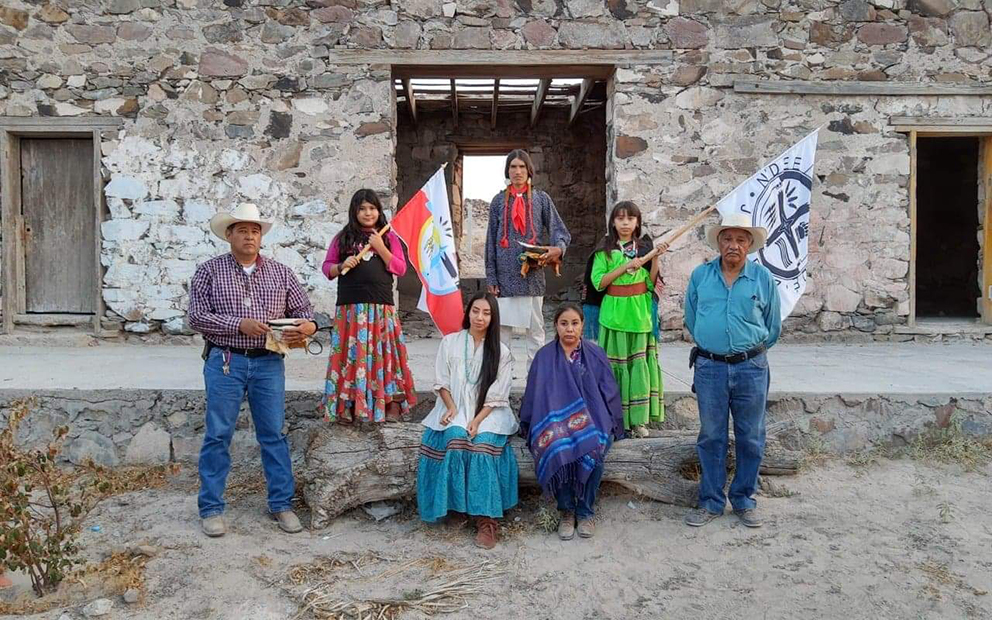
By 2017, “after many individual efforts, we decided to do a binational meeting but on this side, in Arteaga, Coahuila. And in 2019, we reorganized ourselves as the N’dee, N’nee and Ndé nation in Mexico.
In addition to reconvening, recognizing each other, reestablishing family bonds and repairing damaged lineages, they are demanding the Mexican state recognize them as N’dee, N’nee, y Ndé peoples.
The history of the 18th and 19th Century was reconstructed through In the Days of Victorio: Recollections of a Warm Springs Apache by Eve Ball and Geronimo, The Man, His Time, His Place by Angie Debo.
Lydiette Carrión is a journalist. Otherwise, she would be journeying through forests, real and imagined. She’s interested in stories that change those who live and read them. Author of La fosa de agua (Debate 2018).
Ayúdanos a sostener un periodismo ético y responsable, que sirva para construir mejores sociedades. Patrocina una historia y forma parte de nuestra comunidad.
Dona


